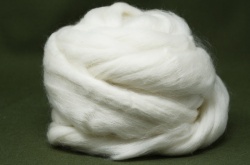Woad is native to the steppe and desert zones of the Caucasus, Central Asia to eastern Siberia and Western Asia but is now also found in south eastern and some parts of Central Europe. Long important as a source of blue dye, it has been cultivated throughout Europe, especially in Western and southern Europe, since ancient times. In medieval times there were important woad growing regions in England, Germany and France, and towns such as Toulouse became prosperous on the woad trade. Woad was eventually replaced by the stronger indigo and then by synthetic indigos. Woad is somewhat weaker than Indigo but is used the same way to give more subtle and delicate shades of Blue. This is not an extract.
Before 1856, Natural dyes were used in time honoured techniques (as far back as 1500BC) but once synthetic dyes were invented in 1856, textile dyers and artisans moved from traditional natural dyes to synthetic dyes to colour their cloth and fibre.
They will dye any natural fibre using a handful of non-toxic mordants and additives to help fix the dye and also give you more colour variations. Natural dyeing is very much about reconnecting with the past - apart from using the plant materials you have at hand in your own garden, there are a number of traditional Natural Dyes and extracts including Indigo, Madder, Cochineal and Fustic.
By combining different dyes, mordants and depths of shade, you will produce an amazing palette of deep to subtle pastel colours. We hope you enjoy your Natural Dyeing adventure!

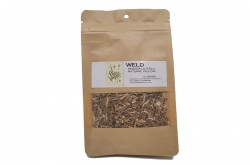
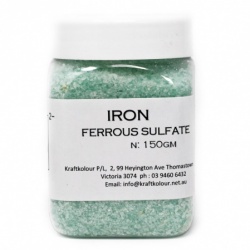
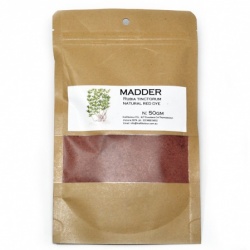

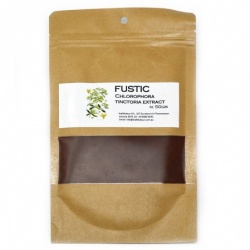
.jpg)
.jpg)
